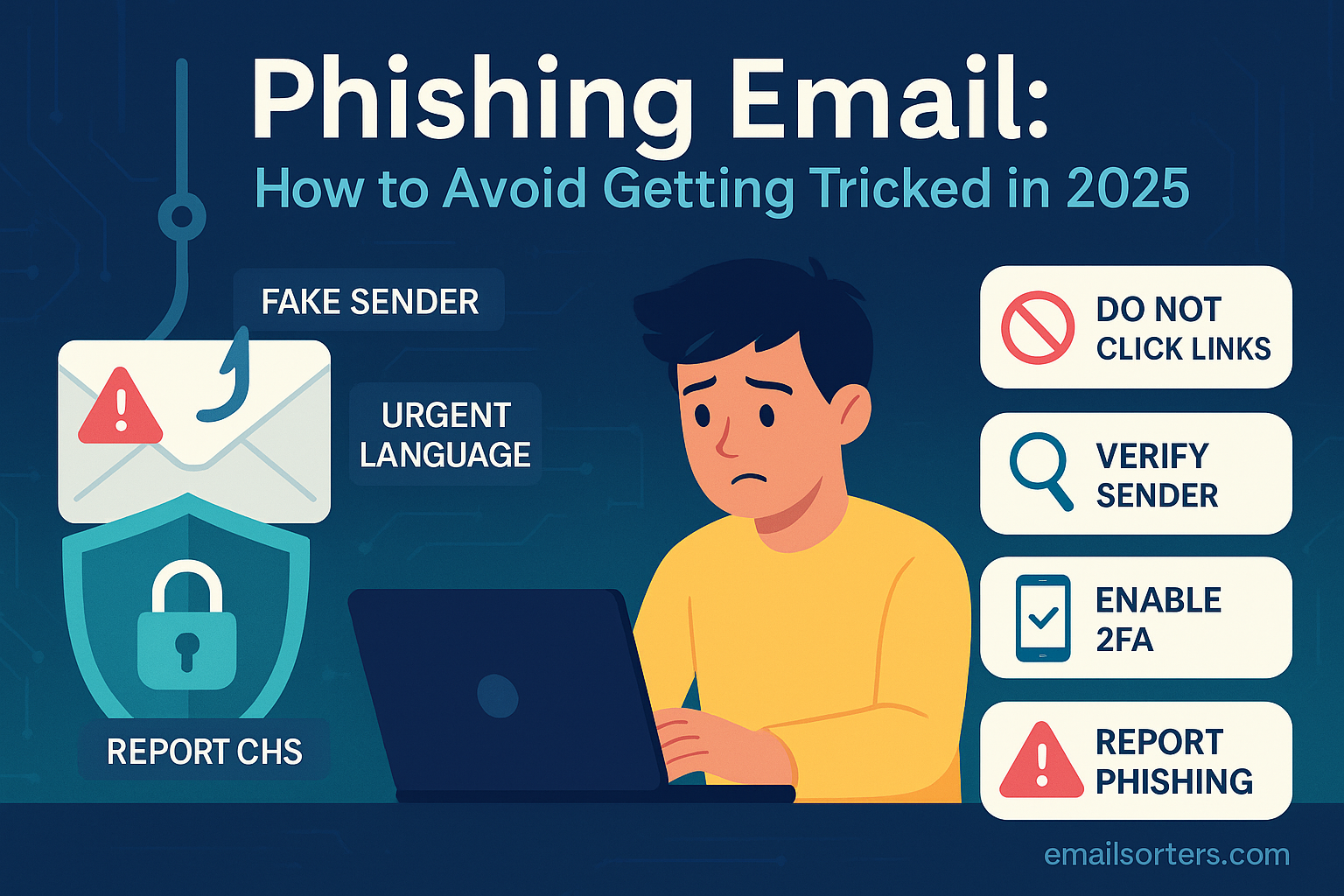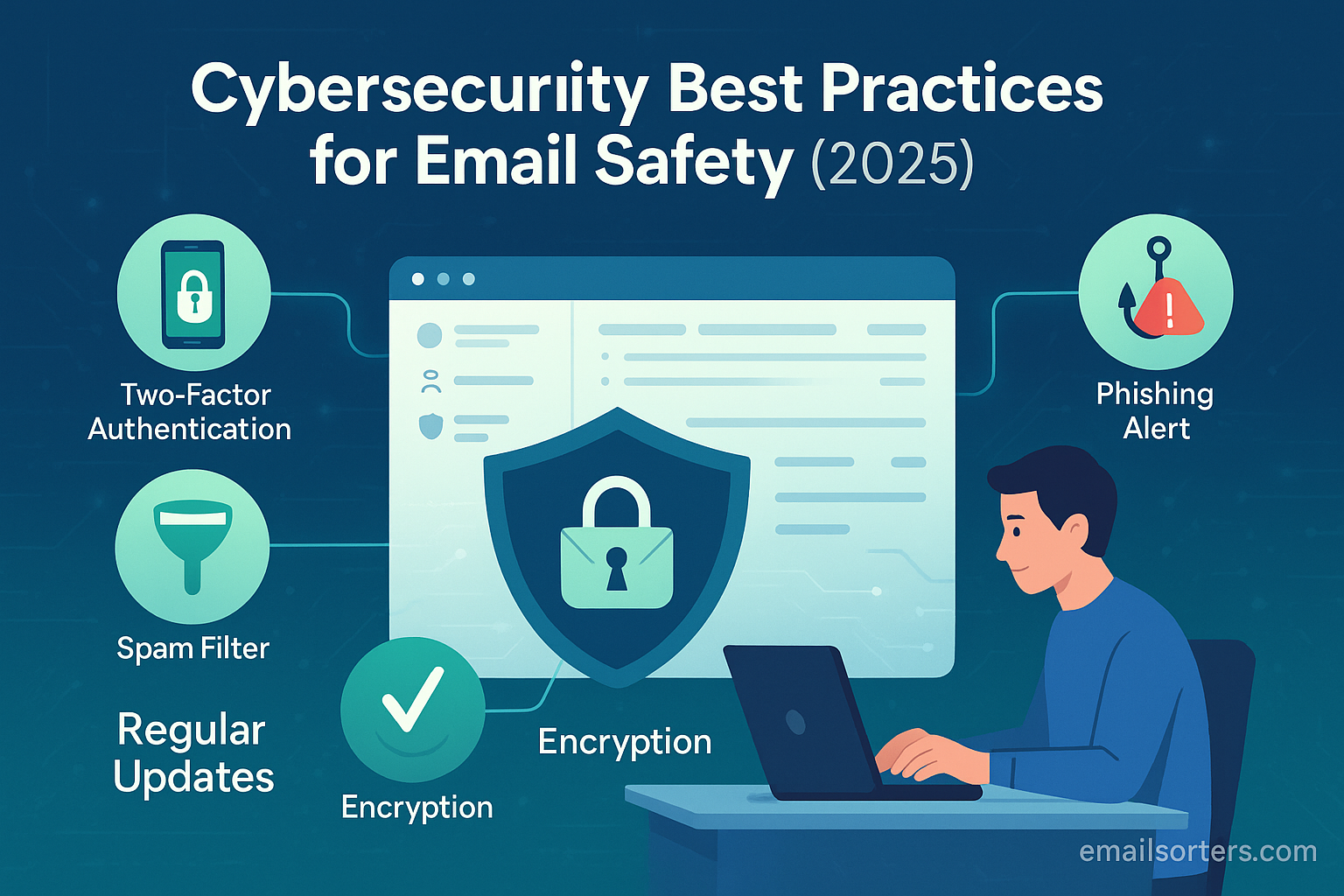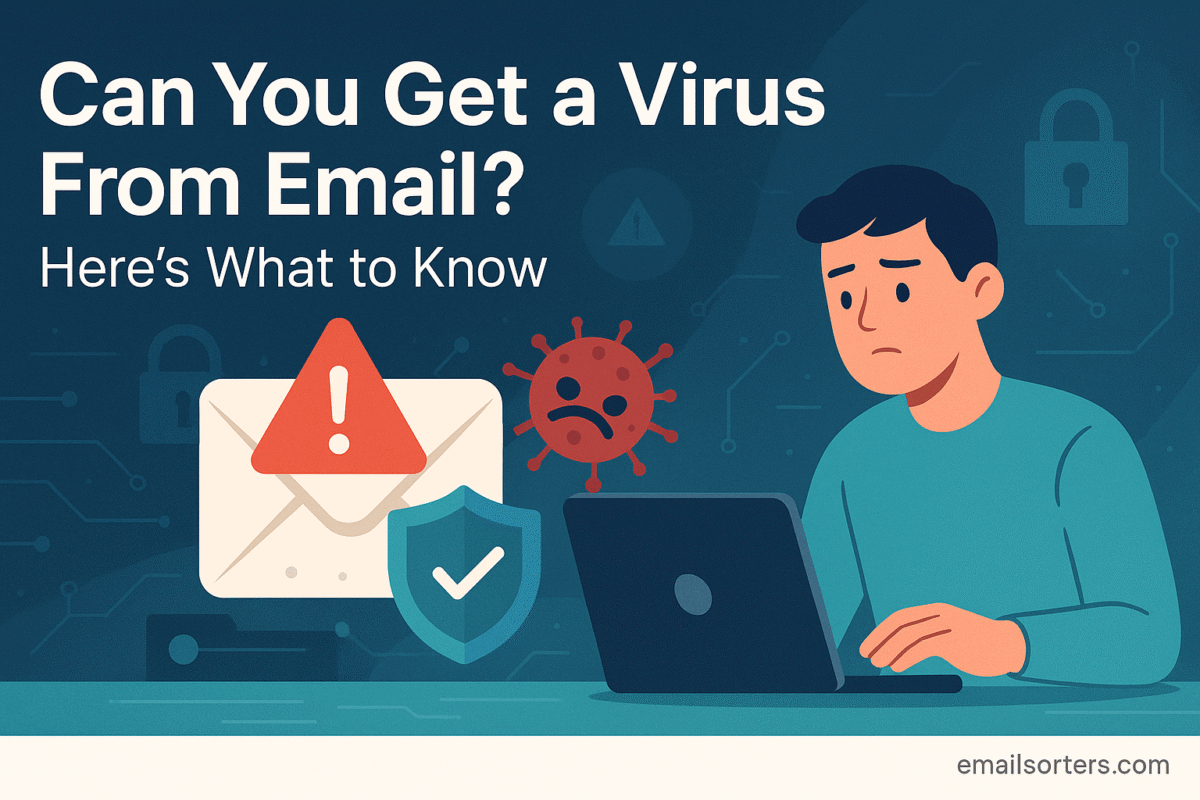Best fake email address generators are the perfect shield when a website insists you hand over an email just to move forward. We’ve all been there, you want to grab that free download, sign up for a trial, or claim a discount, but you know what happens next.
The solution to this problem lies not in avoiding the internet, but in using it more strategically. Imagine having a digital shield, a temporary, anonymous email address that you can create in seconds, use for a single transaction, and then discard without a second thought. This tool exists, and it is known as a disposable or fake email address.
It acts as a protective buffer, taking the brunt of the inevitable marketing onslaught while your real inbox remains pristine and secure. To understand its place in the broader privacy landscape, one can refer to the detailed history and function of the disposable email address, a concept that has become essential for modern web navigation.
The desire for a clean, secure, and private inbox is not just about convenience; it is about reclaiming control over your digital identity. By leveraging the power of fake email generators, you can freely explore the web, sign up for services, and engage with content without fear of compromising your primary email.
This guide will serve as your definitive resource for 2025, detailing the best generators available, explaining how they work, and providing a strategic framework for using them to fortify your digital privacy.
What Are Fake Email Generators and Why Do They Matter?
A fake email generator, more formally known as a Disposable Email Address (DEA) service, is a tool that creates a temporary, functional email address that is designed for short-term use. Unlike a traditional email account, a DEA is created without any personal registration and is typically abandoned or automatically deleted after a set period, ranging from a few minutes to several days.
How They Work: The Digital Firewall
The process is remarkably simple and effective. A user visits a generator’s website, and the service instantly provides a newly created email address. The same webpage features a temporary inbox that automatically refreshes to display any incoming messages sent to that address. This allows the user to perform essential actions, such as clicking a verification link to activate a new account, without ever revealing their real email address. Once the task is complete, the user can simply close the browser tab.
The disposable address, having served its purpose, eventually ceases to exist, and any future emails sent to it vanish into the void. This mechanism acts as a digital firewall, protecting your real inbox from exposure to data breaches, marketing lists, and spammers.
The Primary Use Cases in 2025
In an increasingly data-driven world, the applications for disposable email are extensive and practical:
- One-Time Sign-Ups: For joining forums, social media platforms, or newsletters that you want to evaluate before committing with your real identity.
- Accessing Gated Content: For downloading e-books, whitepapers, industry reports, or case studies that require an email submission.
- Software and Service Trials: For testing a new application or service without getting locked into a long-term marketing funnel.
- Preventing Spam: This is the most common use case—protecting your primary inbox from being flooded with unsolicited commercial emails.
- Protecting Against Data Breaches: If the non-essential service you signed up for suffers a data breach, only your disposable address is exposed, leaving your primary account secure.
- Marketplace and Classifieds Communication: For communicating with unknown buyers or sellers online without revealing your personal contact information.
The Best Free Fake Email Address Generators of 2025
Numerous DEA services are available, but they differ in features, lifespan, and privacy policies. Below is a detailed review of some of the most reliable and user-friendly options for 2025.
1. 10 Minute Mail
Overview: As its name suggests, 10 Minute Mail is the epitome of ephemeral communication. It provides a self-destructing email address that is active for exactly ten minutes. This strict time limit makes it one of the most secure and private options for extremely short-term use.
Ease of Use: The service is incredibly straightforward. Upon visiting the website, a unique email address and a simple inbox are immediately displayed. There are no settings to configure or accounts to create. A countdown timer shows the remaining lifespan of the address, with an option to extend it by another ten minutes if needed.
Features & Limitations: The core feature is its timed self-destruction. Users can read incoming emails and click on links within them. However, it does not support sending emails or adding attachments. Its primary limitation is the short lifespan, which makes it unsuitable for any task that might require confirmation emails beyond the initial ten-minute window.
- Pros: No registration required, extremely fast and simple, enhances privacy through automatic deletion.
- Cons: Very short lifespan, no ability to send emails, basic interface.
Ideal Use Case: Perfect for situations requiring immediate verification, such as accessing a Wi-Fi network, downloading a file, or viewing a single piece of content.
2. Temp Mail
Overview: Temp Mail offers a more flexible approach to disposable email. Instead of a strict timer, the addresses it generates remain active until the user decides to delete them or clears their browser cookies. This provides a longer window of usability while still maintaining a high degree of anonymity.
Ease of Use: Similar to 10 Minute Mail, Temp Mail provides an email address instantly upon visiting the site. The interface is clean, presenting the inbox directly below the generated address. It offers options to copy the address, refresh the inbox, change the address, or delete it manually.
Features & Limitations: Its key feature is the persistence of the email address for the duration of the browser session. This is useful for services that may send multiple emails over a short period. The free version does not allow users to send emails. Premium versions offer features like custom domains and no ads.
- Pros: Longer-lasting than 10 Minute Mail, simple one-click interface, no registration needed.
- Cons: Less private than timed services if not deleted, basic functionality on the free tier.
Ideal Use Case: Ideal for multi-step sign-ups, free trials that last a few days, or any situation where you might need to receive more than one email from a single service.
3. Guerrilla Mail
Overview: Guerrilla Mail is one of the oldest and most feature-rich disposable email services. It has been operating for over a decade and provides more advanced functionality than most of its competitors, including the ability to send emails.
Ease of Use: The service instantly provides a randomized email address. A key feature is the “scrambled address” option, which makes the address harder for bots to guess. While the interface is slightly more cluttered than simpler services, it is still intuitive for new users.
Features & Limitations: The standout feature is the ability to compose and send emails from the disposable address, which is rare for free DEA services. It also retains emails for one hour. Users can choose from several domains and even set their own inbox ID. The primary limitation is that all emails received are public and are deleted after an hour.
- Pros: Allows sending emails, offers scrambled addresses for enhanced privacy, long-standing and reliable service.
- Cons: Inbox is public (anyone with the Inbox ID can see it), emails are deleted after one hour.
Ideal Use Case: Suitable for situations that require a two-way but still anonymous conversation, such as responding to a classified ad or a forum post.
Strategic Use: Disposable vs. Private Email Providers
While disposable emails are powerful tools, they are not a replacement for a secure, long-term email account. Understanding when to use each is crucial for a comprehensive privacy strategy.
When to Use a Disposable Email
A disposable address is the right tool for any low-trust, low-stakes, and temporary interaction. Use it when:
- You do not trust the website or service asking for your email.
- You only need to receive a single email (e.g., a verification link).
- You never need to log back into the account in the future.
- The information being exchanged is not sensitive or personal.
When to Use a Private Email Provider
For any relationship or account that you intend to maintain, a disposable address is the wrong choice because you will lose access. In these cases, a dedicated secure email account is necessary. Use free private email providers when:
- You are creating an account you care about (e.g., banking, important social media, professional networking).
- You need the ability to reset your password in the future.
- You are communicating sensitive or personal information.
- You need a stable, long-term identity for trusted contacts.
In essence, use disposable emails to protect your real private email. They are the frontline shield, while your private email is the secure fortress behind it.
A Layered Defense: Combining Tools for Maximum Protection
For the ultimate inbox security, disposable emails can be integrated into a broader, multi-layered defense strategy alongside other specialized tools.
- First Layer: Disposable Addresses: Use DEAs as your first line of defense for all untrusted sign-ups. This prevents your primary email from ever reaching marketing lists or breached databases from non-essential services.
- Second Layer: Spam Blockers: Despite your best efforts, some spam may still find its way to your primary inbox, especially if the address has been active for years. This is where dedicated spam blockers provide a crucial second layer, using advanced filtering to catch what your email provider might miss.
- Third Layer: Analysis with a Spam Checker: For suspicious emails that land in an inbox (either disposable or primary), a dedicated spam checker can be a valuable analysis tool. It can inspect email headers and content for signs of phishing or malicious intent without requiring you to click on dangerous links, helping you make an informed decision on how to handle it.
Navigating the Risks and Best Practices
While highly useful, fake email generators come with inherent risks that users must understand to use them safely.
Privacy Considerations and Potential Risks
- Lack of Security: Most disposable inboxes are not password-protected and can be considered public. Never use a disposable address to receive sensitive information like passwords, financial data, or personal documents.
- No Ownership or Recovery: You do not own the disposable address. If you lose access to the temporary inbox or the service goes down, there is no way to recover the account or reset a password for a service you signed up for.
- Service Blocking: As these services have grown in popularity, many websites have begun to actively block sign-ups from known disposable email domains. You may find that some services will not accept the generated address.
Best Practices for Secure Management
- Use Different Addresses: Use a new disposable address for every new service. This helps compartmentalize your digital footprint and makes it easier to identify which service was breached if you start receiving spam on an address used only once.
- Never Send Personal Information: While some services allow you to send emails, never use them to transmit personally identifiable information.
- Choose More Advanced Aliasing for Trusted Services: For services you trust but still wish to compartmentalize, consider an email aliasing service (like SimpleLogin or Anonaddy). These offer more persistent, private, and controllable forwarding addresses.
- Close the Tab: Once you have finished your task, close the browser tab for the disposable email service to minimize any potential exposure.
Conclusion
In the digital landscape of 2025, protecting your primary inbox is a fundamental aspect of personal cybersecurity. Fake email address generators have evolved from a niche tool for tech enthusiasts into an essential component of everyday digital hygiene. They empower users to navigate the web on their own terms, granting them access to content and services without the obligatory cost of their privacy.
By understanding their function and strategically deploying them for temporary, low-trust interactions, you can effectively shield your real identity from the relentless machinery of data collection and spam marketing. When used in concert with a secure private email provider for your important accounts and other security tools, disposable addresses form a powerful first line of defense. The choice to use a disposable email is a small, simple act that delivers a profound outcome: a cleaner, safer, and more private digital life.




